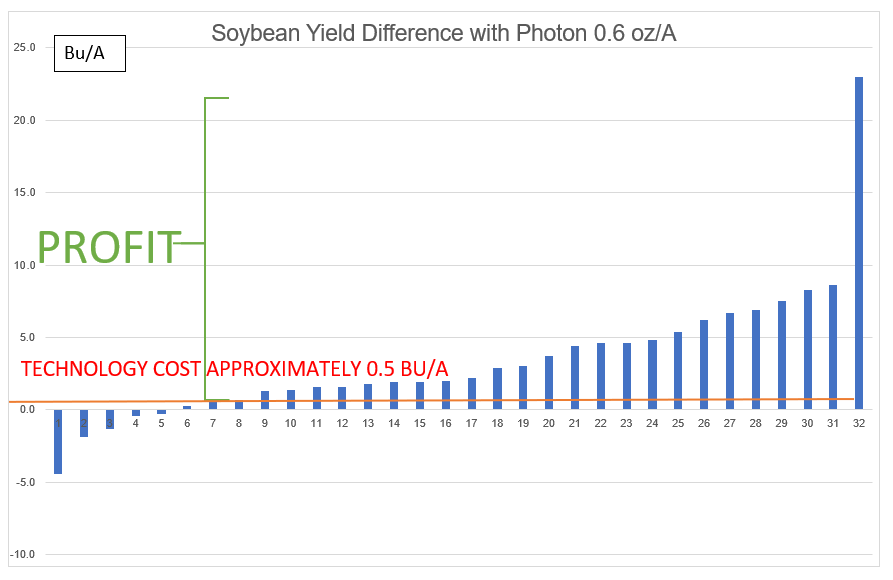Abiotic stress impacts metabolism, growth and yield—it’s that simple. Abiotic stresses are caused by drought, excessive water-logging or flooding, extreme cold or heat, salinity, acid pH and mineral toxicity, such as aluminum and iron at acid pH. Biotic stress is induced by insects, disease pathogens and weed pressure.
Physiologists study abiotic stresses and how they impact plant metabolism. University and commercial seed company breeders screen and select breeding lines that have tolerance or resistance to abiotic stresses. For example, today’s soybean varieties are more tolerant of drought, heat and cold temperatures than a decade ago, yet these stresses can still hammer yield. And a well-fed plant with no biotic stress and a healthy and deep root system can tolerate abiotic stresses better.
Even with advancements in plant genetics, tolerance to abiotic stresses and following best management practices, abiotic stresses still occur and impact yield. Can a plant be conditioned to develop an ”immune” response and combat abiotic stress?
I have been interested in a product called Photon® for at least five years now and tested it on our family farm on a range of crops. It is a combination of naturally occurring dicarboxylic acids that temporarily stimulates critical stres-sensing enzyme systems, so they are prepared (immunized) to react quickly and effectively to environmental stresses so the plant’s metabolism doesn’t lose a beat through the season.
The two stress pathways impacted by Photon are nitric oxide (NO) and reactive oxygen species (ROS). Chuck Kupatt, President of Crop Microclimate (CMC), explained these combined pathways interact in a complex fashion. “Our proprietary blend of two compounds takes advantage of the interaction to reduce the impact of adverse environmental conditions to increase crop yields and improve the quality of grain, fruits and vegetables.”
Across 32 trials from 2012 to 2015 they averaged a 3.5-bushel yield gain with a single application of 0.6 oz/A applied at V4 to V6, which can be applied with post herbicide application. However, those numbers alone didn’t impress me.

I asked CMC to create a piano graph of the results and out of the 32 tests, 27 showed a positive and 24 showed a positive ROI (Return on Investment), or a 75 percent response. This level of response with a cost of about ½ bu/A tells me this is a good technology and pays yields and profit dividends.
In my blog Does Technology Pay? it states that technology can pay a return, but you must feel comfortable that it will produce a positive yield response, that cost of the technology is reasonable and that you have the potential to make a profit. I recommend asking to see a piano graph of yield results because the probability of profitability is obvious. Photon, as an example, is a product that passes my litmus test for success of a yield benefit and potential return.
CMS is a sponsor in the 2018 Yield Challenge and you can find information about Photon at Photonyield.com. If interested in entering the Yield Challenge side-by-side this season and testing Photon on soybeans, email Dr. Kupatt at chuck@cropstress.com.
Agronomist Daniel Davidson, Ph.D. posts blogs on agronomy-related topics. Feel free to contact him at djdavidson@agwrite.com.




 and then
and then